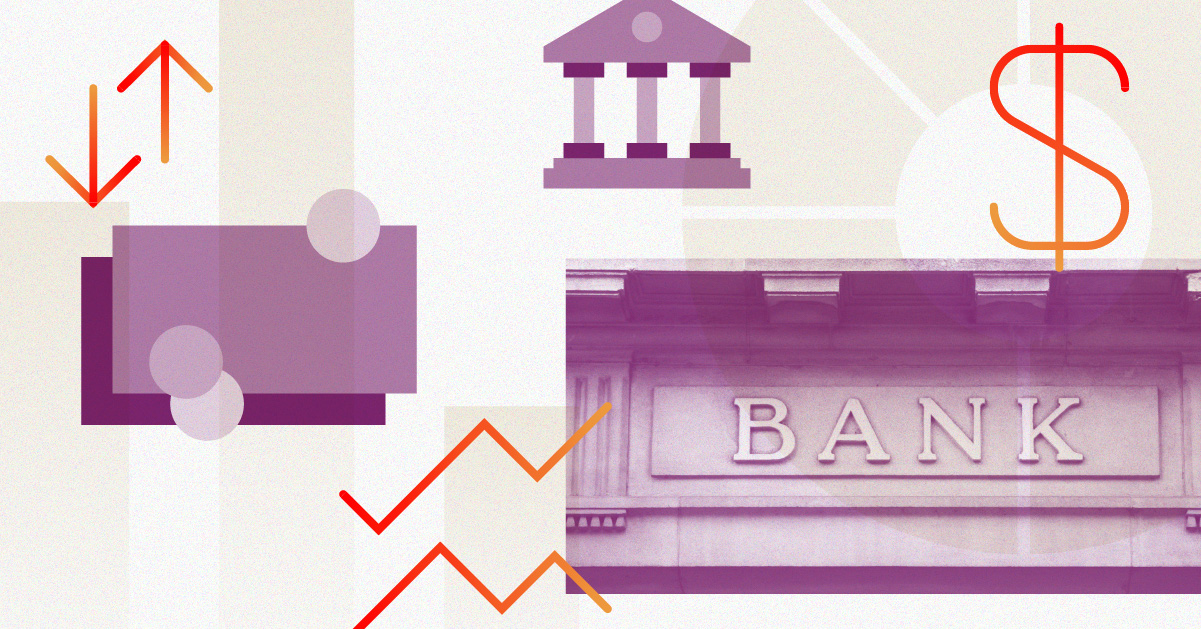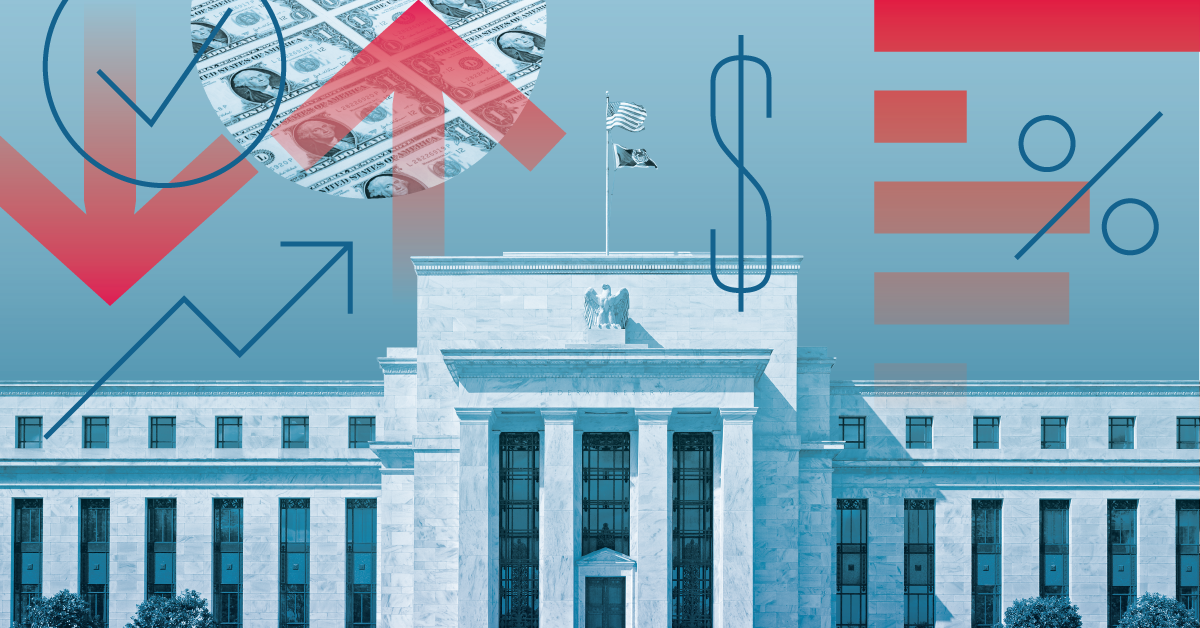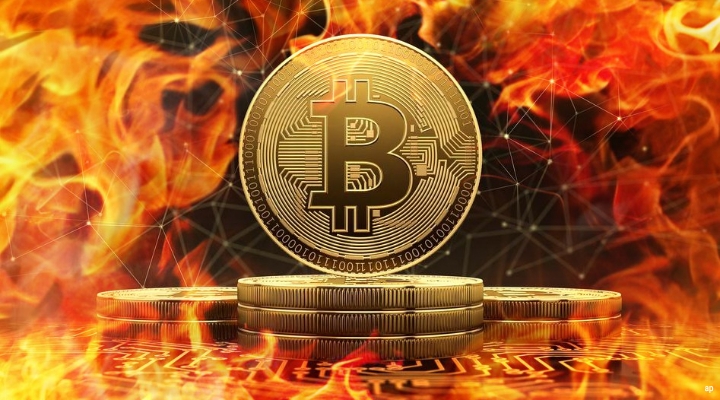
The banking crisis triggered by Silicon Valley Bank and Signature Bank collapses seems to have provided a springboard for crypto, particularly Bitcoin. Investors around the world scrambled for safe havens and alternative currencies while weighing the likelihood of a period of lower interest rates.
The Credit Suisse collapse further raised investor jitters about the global financial sector. At the same time, the price of Bitcoin has seen a steep surge as investors bought into the biggest cryptocurrency’s potential “safe haven” properties.
Bitcoin watchers say the digital currency may be seen as a safe haven asset that contrasts with a traditional banking sector still reeling from a spate of collapses and fears around interest rate hikes.
Crypto analysts are also quick to point out the mass exodus of investors from financial stocks, with the selloff wiping out a whopping $465 billion in just two sessions after the SVB collapse.
The Bitcoin surge appears to be following a similar trend during the pandemic when the digital coin’s demand skyrocketed as investors sought alternative assets to protect their wealth from the stock market rout and spiralling global economy.
So how should crypto investors interpret all of this?
Is the Banking Crisis a Boon for Bitcoin?
The recent bank collapses have served to catapult Bitcoin prices as investors around the world look for alternative currencies, says crypto advocate Nigel Green, chief executive and founder, deVere Group.
“The SVB rescue package was essentially a new form of quantitative easing (QE), which increases the supply of the dollars in circulation,” he says. “This can lead to a decrease in the value of the US currency relative to other currencies, as the increased supply of currency can reduce its purchasing power.”
This prompts investors to look for alternatives, such as Bitcoin, which has a limited supply which protects its value, he contends.
However, Madeline Hume, senior research analyst for Morningstar, takes a different view of the relationship between Bitcoin and the banking sector debacle.
She agrees that despite Bitcoin’s risk profile, its price rallied by 38% in the immediate aftermath of the bank run, even as the broader market sold off. However, she stresses “Silicon Valley Bank’s collapse as an isolated incident is unlikely to have a near-term effect on crypto as an industry or Bitcoin specifically.”
On the contrary, she argues the demise of Silvergate and Signature banks, both heavily tied to the U.S. crypto economy, will have long-term implications for the liquidity of crypto markets.
“Those two banks served as critical on-ramps from fiat currencies into digital assets, and their closures mean that it will become more difficult for investors to easily shift between digital assets and other parts of their portfolio,” asserts Hume.
Whither Bitcoin?
The recent trajectory of Bitcoin has been upward, defying short-term inflation issues, interest rate hikes, and the banking sector crisis. This underpins Green’s confidence in the longer-term potential of Bitcoin. He contends that “digital, global, borderless, decentralized, tamper-proof, ‘unconfiscatable’ money is, inevitably, the future.” Longer term, “people, especially younger generations, will increasingly look to decentralized currencies, such as Bitcoin as the current global financial system evolves and the US dollar, the current global reserve currency, could lose its dominance,” claims Green.
Hume, by contrast, remains skeptical about the longer-term prospects of crypto since “digital assets do not have academically substantiated valuation models that we can anchor to.”
Without a way to effectively value these assets, they are highly susceptible to shifts in sentiment, which are notoriously difficult to anticipate, she adds.
If anything, any future growth of digital assets will be the result of them integrating more with the existing financial infrastructure rather than displacing it. “If this current banking crisis has reaffirmed any lesson for financial market participants, it’s that trust is an incredibly useful tool for assuaging panic during rocky markets,” Hume argues.
Whether or not their applications are decentralized, “digital assets will need to cultivate trust in order to justify their existence within our financial infrastructure,” she notes.
US Fed’s Rate Hike and Crypto
The Fed has made abundantly clear it remains committed to taming multi-decade-high inflation. However, hiking rates has unintended consequences, which forced the Fed “to revise its program and will begin to loosen monetary policy in the wake of high-stake turbulence in the banking sector,” says Green.
Bitcoin and its utility of preservation of value as a deflationary tool can be attractive to investors looking to complement their portfolio with non-traditional assets, says Michael Zagari, an investment advisor at Mandeville Private Client and Zagari+Simpson.
While investors have the choice of buying interest-bearing investments that pay 4-5%, it doesn’t help protect purchasing power and “that's where Bitcoin, if purchased prudently, can complement that profile,” Zagari says.
Bitcoin may be many things to many investors, but Hume is unequivocal in saying it can not be considered a safe haven asset by any stretch of the imagination.
For one, bitcoin’s volatility is “many orders of magnitude higher than even the most volatile commodities, which means it cannot be relied upon as a store of value,” she says.
As well, at least for now, the digital asset doesn’t have any use cases besides financial speculation. “Those alternative use cases are what makes gold and certain currencies viable as a safe haven investment – an investor can count on other market participants like jewelry fabricators to take the other side of their trade even when stock markets are performing poorly,” she says.
Barring bitcoin enthusiasts, the leading crypto lacks that alternative consumer base that would buffer its price during down markets, she argues.
The Fiat Caveat
At this stage of the game, crypto is a very high-risk investment and should only be attempted by those who have the stomach for the price volatility. The crypto asset class, including Bitcoin, may seem like a hedge against banking crises or inflation but certainly remains a highly speculative bet. Investors should understand the risks and only invest money they can afford to lose.








:quality(80)/cloudfront-us-east-1.images.arcpublishing.com/morningstar/MNPB4CP64NCNLA3MTELE3ISLRY.jpg)











